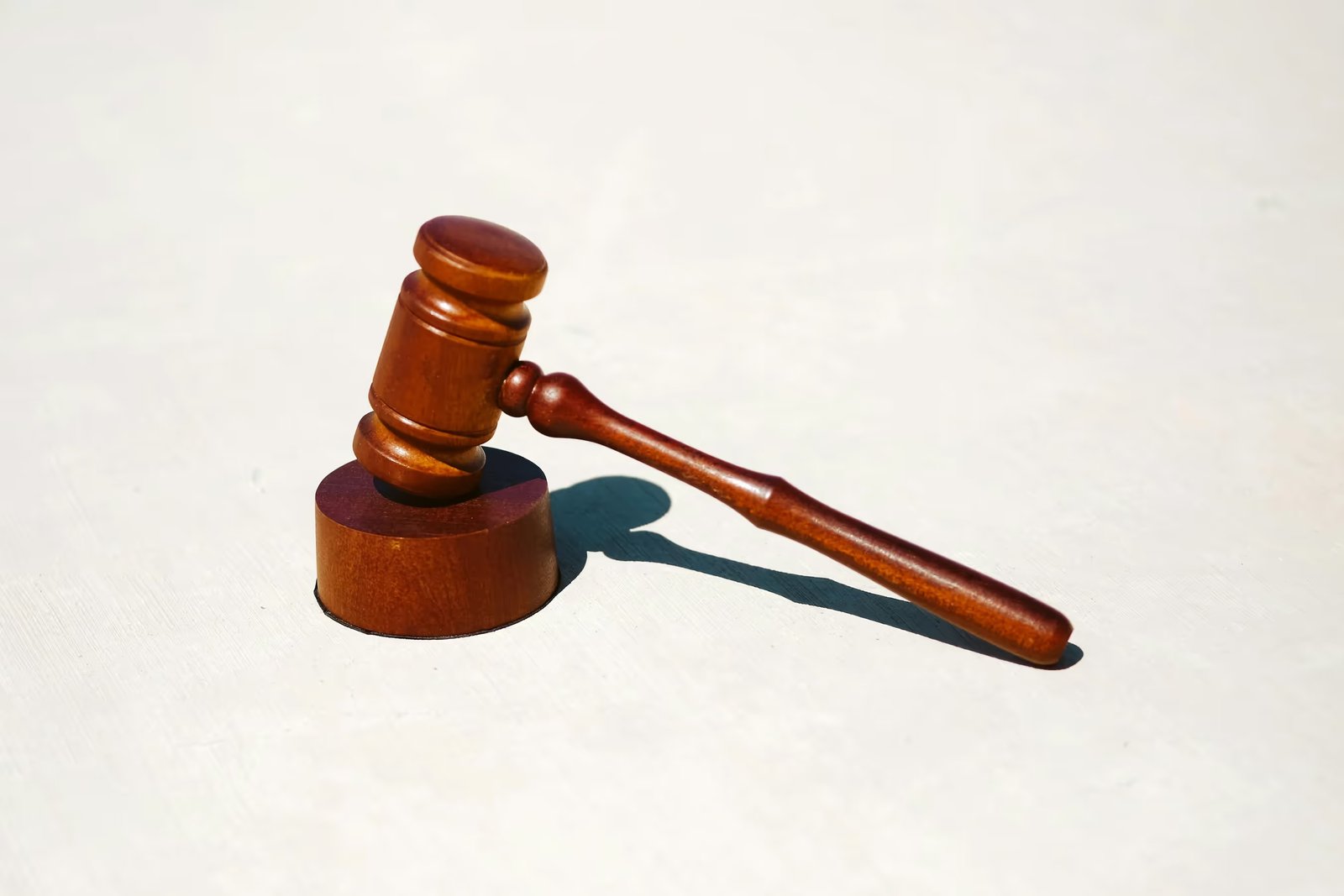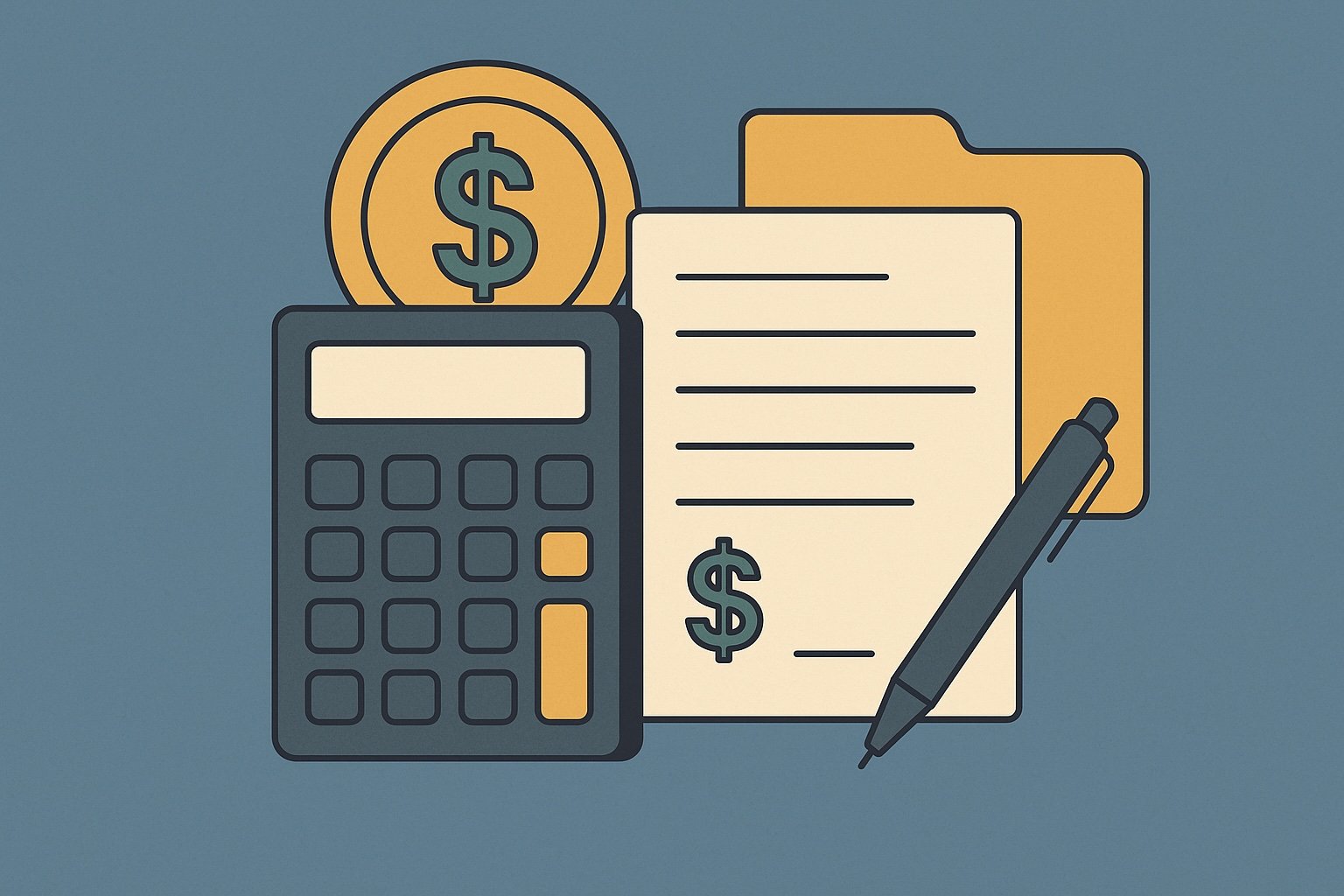Question
ARTE's Answer
When considering a 1031 exchange, timing is crucial to ensure compliance with IRS regulations and to successfully defer capital gains taxes. The 1031 exchange process is governed by specific timelines that must be adhered to, and understanding these deadlines is essential for a successful exchange.
The 1031 exchange process involves two critical timeframes: the 45-day identification period and the 180-day exchange period. These timeframes are set forth in Section 1031(a)(3) of the Internal Revenue Code and are further detailed in the Treasury Regulations.
- 45-Day Identification Period: Once you sell your relinquished property, you have 45 days to identify potential replacement properties. This period begins on the day you transfer the relinquished property. During this time, you must provide a written identification of the replacement property or properties to your qualified intermediary, which in this case would be us at Deferred.com. The identification must be unambiguous, typically including the property address or a legal description. It's important to note that this 45-day period is strict and cannot be extended, even if the 45th day falls on a weekend or holiday.
- 180-Day Exchange Period: After the sale of your relinquished property, you have 180 days to complete the acquisition of the replacement property. This period also starts on the day you transfer the relinquished property. The replacement property must be received by the earlier of 180 days after the transfer or the due date (including extensions) of your tax return for the year in which the relinquished property was sold. This means if your tax return is due before the 180 days are up, you must complete the exchange by the tax return due date.
To illustrate these timelines, let's consider an example:
Imagine you own an investment property that you decide to sell. You close the sale of this property on January 1st. From this date, you have until February 15th (45 days) to identify potential replacement properties. You can identify up to three properties regardless of their value, or more than three if their combined value does not exceed 200% of the relinquished property's value. Once you've identified the properties, you then have until June 30th (180 days) to close on the purchase of one or more of these identified properties.
At Deferred.com, we act as your qualified intermediary, facilitating the exchange process. We hold the proceeds from the sale of your relinquished property and use them to acquire the replacement property on your behalf. This ensures that you do not have constructive receipt of the funds, which is crucial for maintaining the tax-deferred status of the exchange.
By adhering to these timelines and utilizing our services at Deferred.com, you can effectively defer capital gains taxes and continue to grow your real estate investments. It's always advisable to consult with a tax professional to ensure compliance with all IRS requirements and to maximize the benefits of your 1031 exchange.
Have more questions? Call us at 866-442-1031 or send an email to support@deferred.com to talk with an exchange officer at Deferred.
Sources
- Goolsby v. Commissioner
- How Long to Hold (Article)
- Deferring Losses On The Sale of Property Using 1031 Exchanges
- What To Do About Exchange Expenses in a Section 1031 Exchange? (Article)
- TAM 200039005 (Failed Reverse Exchanges)
- Evolution of Section 1031 Exchanges
- Rev. Rul. 2002-83 (Related Party Exchanges)
1031 Question? Ask ARTE
Deferred's AI 1031 Research Assistant is trained on 8,000+ pages of US tax law and outperforms human CPAs by 22%+
CHAT NOW
Learn More
See more frequently asked questions about 1031 exchanges








